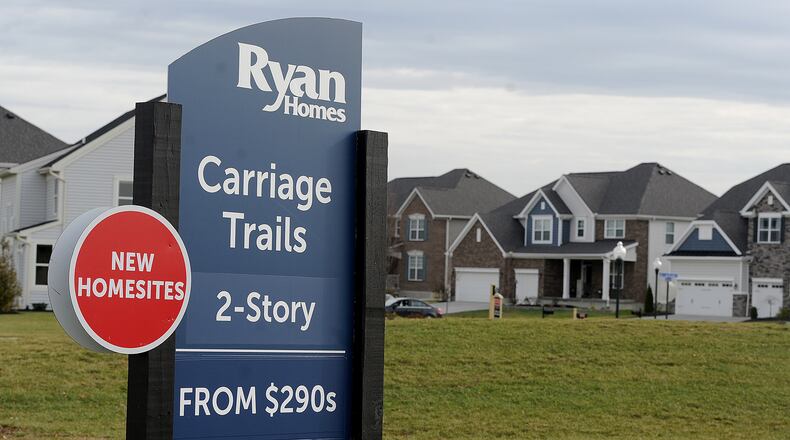Council members Anita Kitchen and Scott Davidson submitted the two dissenting votes.
Multiple Huber Heights and Bethel Twp. residents spoke against the legislation during Monday’s public hearing on the issue, reiterating concerns of overcrowding schools, increased traffic, and the loss of rural area.
The legislation was initially set to be voted on as an emergency, but council removed the emergency clause ahead of Monday’s meeting.
When legislation is passed as an emergency, it goes into effect immediately. Legislation passed without the emergency clause goes into effect 30 days after the vote, according to the city’s charter.
The emergency clause ultimately prevents residents from spearheading a referendum on a council decision, similar to that which was which attempted following the initial approval of the land’s annexation. Officials said this would help expedite the construction process.
According to Law Director Chris Conard, an emergency clause was not needed in this instance, as the city’s charter states residents do not have the power to file a referendum for every resolution or ordinance passed by council in relation to a single act or project.
Given that the annexation referendum attempt failed, votes on the subsequent and related resolutions do not qualify for referendum.
“The laws reflected in the charter recognize the concept that certain projects or actions of a city or government will require a series of events (or approvals),” Conard said. “... The right to serially challenge a piece of legislation over and over again would have the effect of shutting down government.”
The site in question is located immediately north of the existing Carriage Trails neighborhood in southern Miami County, just south of U.S. 40 and west of Brandt Pike.
Construction of the Carriage Trails expansion, known as Carriage Trails II, will take place over a 10- to 15-year period and be completed in phases, similar to that of Carriage Trails I.
Phase one of the Carriage Trails II project will involve the southernmost portion of the 296 acres, which immediately borders Carriage Trails I.
Construction on this initial phase is likely to begin within the next year, according to a staff report from the city’s planning department.
As part of a pre-annexation agreement approved alongside the annexation in July, the developer agreed to donate 16 to 18 acres of land in the Carriage Trails II development for construction of a new school and public park, along with 2.5 acres in the Carriage Trail I development, subject to the homeowners’ association, for a new fire station.
About the Author


